

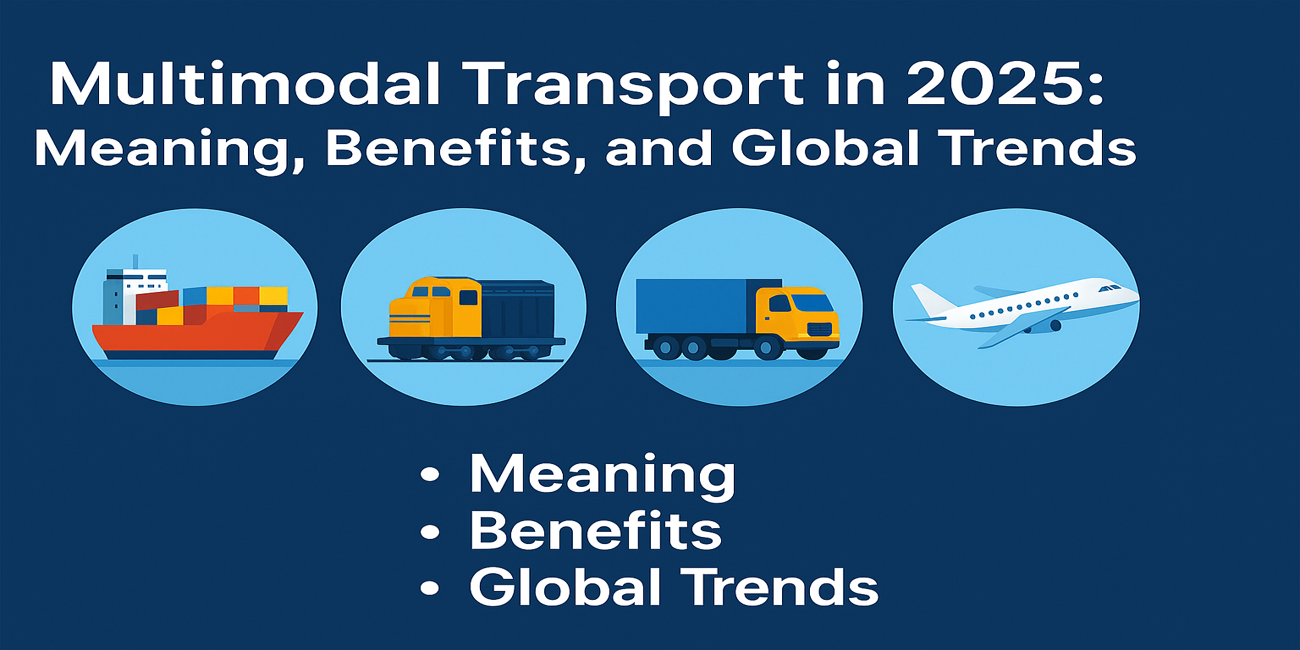
In 2025, multimodal transport has moved from being a logistical option to a strategic necessity. With global trade routes under strain, e-commerce volumes soaring, and shippers demanding greener solutions, the ability to move cargo seamlessly across sea, rail, road, and air has never been more valuable.
The promise of multimodal lies in its simplicity: one shipment, one contract, multiple modes. For businesses battling container shortages and unpredictable freight rates, this approach offers resilience, speed, and efficiency. At the same time, advances in digital tracking and smarter infrastructure are unlocking new possibilities for operators worldwide.
Far from being a niche practice, multimodal transport is now at the center of how global logistics adapts to the challenges of 2025 and beyond.
Picture a shipment that leaves a factory in India by truck, sails across oceans, switches to rail in Europe, and finishes by road—all under one contract. That seamless journey defines multimodal transport.
Multimodal transport uses two or more modes of transportation for a single shipment, but with one contract and one transport document. This means fewer handovers, less paperwork, and clearer accountability.
While intermodal transport also relies on multiple modes, it requires separate contracts with different carriers. Multimodal centralizes liability under a single operator—an advantage that shippers in 2025 value for its efficiency and reliability.
At the heart of multimodal logistics is the MTD—a single document that covers the entire journey, regardless of how many modes are used. It streamlines administration, reduces disputes, and clearly defines liability.
MTOs act as the single point of responsibility. They manage contracts, coordinate carriers, and ensure cargo moves smoothly across modes. In 2025, their role has become even more critical as shippers seek reliability amid supply chain volatility.
Digital platforms now allow real-time tracking across sea, air, rail, and road. By integrating data from different carriers, multimodal tracking gives shippers visibility over their entire supply chain—improving planning, trust, and performance.
By consolidating multiple legs of a journey under one contract, multimodal transport often reduces overall costs. Shippers avoid duplicate fees and benefit from optimized routing.
Coordinated scheduling across modes ensures faster handovers and fewer delays. In 2025, this reliability is vital for industries tied to just-in-time production and e-commerce delivery.
With a single multimodal transport document, paperwork is dramatically reduced. This minimizes disputes over liability and accelerates customs clearances.
Multimodal solutions allow operators to balance speed and environmental impact—such as combining long-haul rail with short-haul trucking. This flexibility supports global carbon reduction goals.
Managing handovers across sea, air, rail, and road requires flawless coordination. Even a small delay at one leg can ripple across the entire chain.
Customs rules, liability laws, and documentation standards vary between regions. For operators, this creates compliance challenges that demand expertise and local partnerships.
As seen in 2025, global container imbalances and port congestion strain multimodal flows. When boxes are stuck in one region, operators face rising costs and service gaps elsewhere.
While the multimodal operator is the single point of responsibility, disputes can arise when damage or loss occurs mid-journey. Establishing clear liability terms remains a constant challenge.
Technology has become the backbone of multimodal operations. Platforms that integrate data across carriers now give shippers real-time visibility—from vessel locations to last-mile deliveries.
The boom in e-commerce continues to push demand for faster, more reliable deliveries. Multimodal solutions enable flexibility, allowing cargo to shift between air, rail, and road depending on urgency.
Green logistics is no longer optional. Operators are increasingly designing routes that combine low-carbon rail and sea transport with minimal road usage, aligning with corporate climate goals.
Investment in infrastructure—such as India–Russia trade routes, European rail corridors, and African port expansions—is driving new opportunities for multimodal integration. These corridors are reducing transit times and creating fresh hubs for trade.
MTOs remain central to multimodal efficiency. By holding one contract and one liability, they give shippers clarity and peace of mind—something intermodal models cannot guarantee.
In 2025, MTOs are more than coordinators. They manage technology integration, regulatory compliance, and sustainability goals, making them strategic partners rather than just service providers.
With demand rising in emerging markets, MTOs that invest in digital platforms and local partnerships are well-positioned to capture new trade flows.
IoT-enabled sensors and blockchain records are providing end-to-end visibility across all transport modes, reducing disputes and delays.
Operators now use AI to forecast demand, predict delays, and optimize routes. This proactive planning is especially valuable in container-shortage scenarios.
Electronic multimodal transport documents (e-MTDs) are replacing paper processes, cutting costs, and accelerating customs clearances.
Q1: What is the meaning of multimodal transport?
Multimodal transport is the movement of goods using two or more modes of transport (sea, air, road, rail) under a single contract and document.
Q2: How is multimodal transport different from intermodal transport?
In multimodal transport, one operator is responsible for the entire journey. Intermodal involves multiple contracts with different carriers, making liability more fragmented.
Q3: What is a multimodal transport document (MTD)?
The MTD is a single document that covers the entire shipment across all modes. It simplifies paperwork, speeds up customs, and clarifies liability.
Q4: Who is a multimodal transport operator (MTO)?
An MTO is the entity that takes end-to-end responsibility for a shipment, coordinating carriers, managing risks, and ensuring smooth delivery.
Q5: Why is tracking important in multimodal transport?
Real-time tracking improves visibility, reliability, and planning, allowing shippers to anticipate delays and optimize supply chain decisions.
The momentum behind multimodal transport is only accelerating. With trade lanes shifting, sustainability targets tightening, and digital platforms becoming mainstream, multimodal is positioned to be the default model for global logistics.
Shippers will increasingly favour operators who can integrate modes seamlessly, provide real-time visibility, and manage liability with confidence. For MTOs, this means investing in technology, expanding regional partnerships, and developing resilient supply chains that can handle shocks—whether geopolitical, environmental, or economic.
Looking beyond 2025, multimodal transport is not just a solution to today’s challenges—it is the foundation of a smarter, more connected global trade system.
Partner with SJ Logistics for seamless multimodal solutions. Move smarter in 2025—contact us today.

Your Global Trade Navigator, Delivering End-to-End Excellence and Unlocking New Opportunities in Every Link of Your Supply Chain.
Get In Touch
Explore our expert guide on Full Container Load (FCL) Shipping, covering benefits, processes, and tips to optimize your shipping experience efficiently.
Learn More FCL Shipping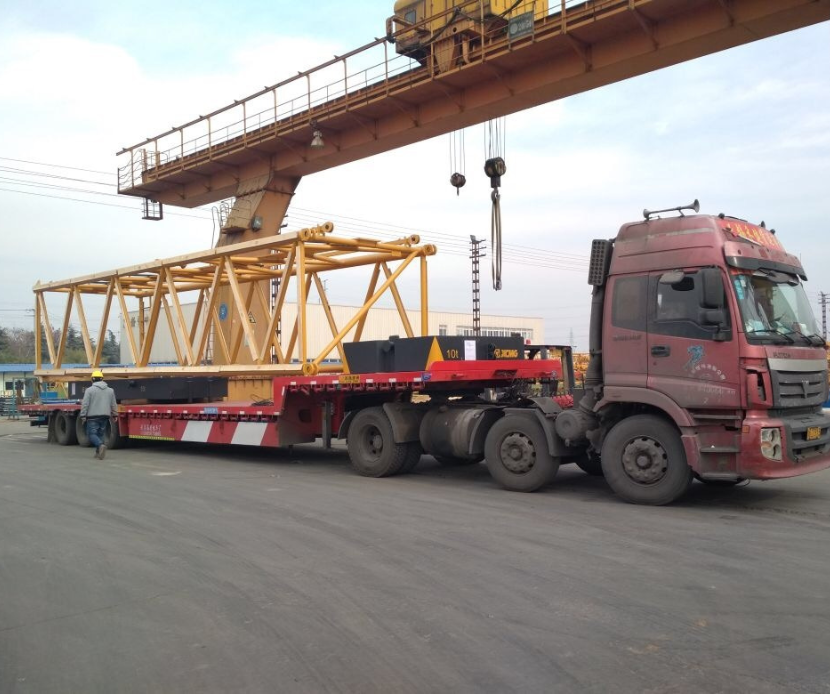
SJ Logistics specializes in the global transportation of high-value, oversized cargo, ensuring safe and efficient delivery for your most complex project logistics needs.
Learn More Project Cargo
Discover tailored warehousing solutions at SJ Logistics, designed for efficiency and strategic storage. Optimize your supply chain with our innovative services today!
Learn More Warehousing
Discover comprehensive NVOCC solutions that streamline your logistics operations, enhance efficiency, and ensure seamless cargo management for your business needs.
Learn More NVOCC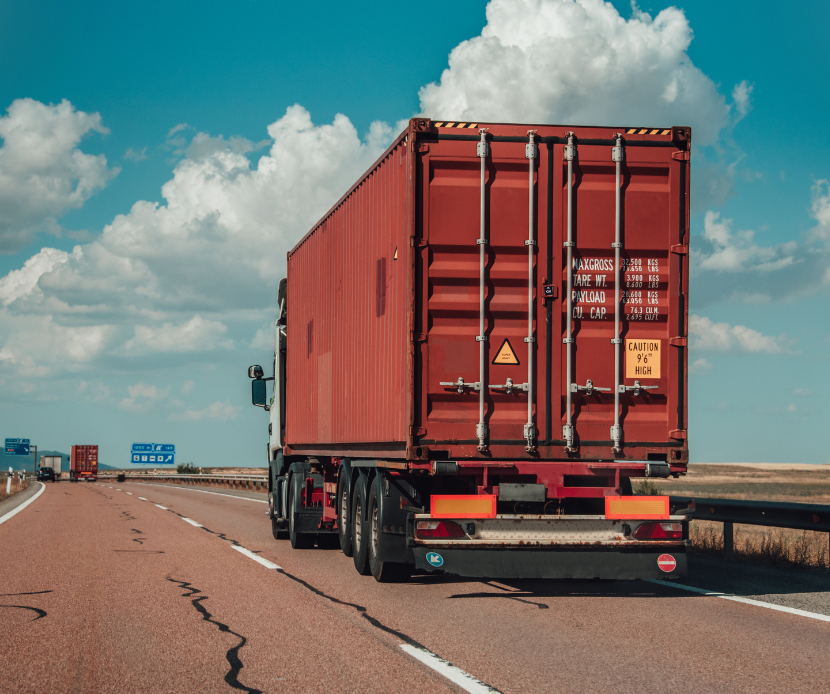
Discover reliable inland transportation solutions that streamline your domestic logistics, ensuring timely and efficient delivery across the country.
Learn More Inland Transportation
Experience unparalleled convenience with our door delivery solutions, ensuring your packages arrive safely and promptly right at your doorstep. Discover more today!
Learn More Door Delivery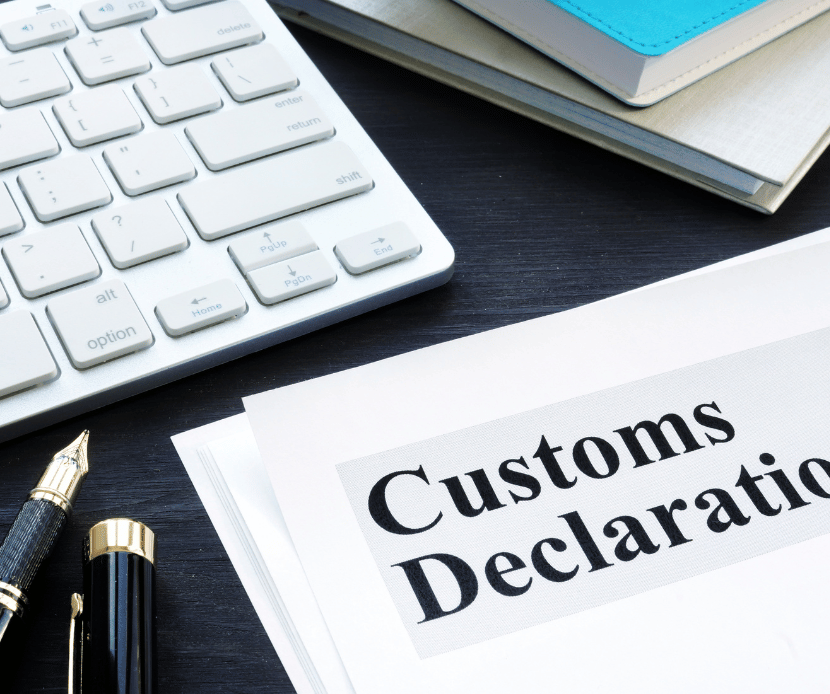
Experience seamless customs clearance with SJ Logistics. Our expert-led solutions ensure precision and efficiency, streamlining your import and export processes.
Learn More CHA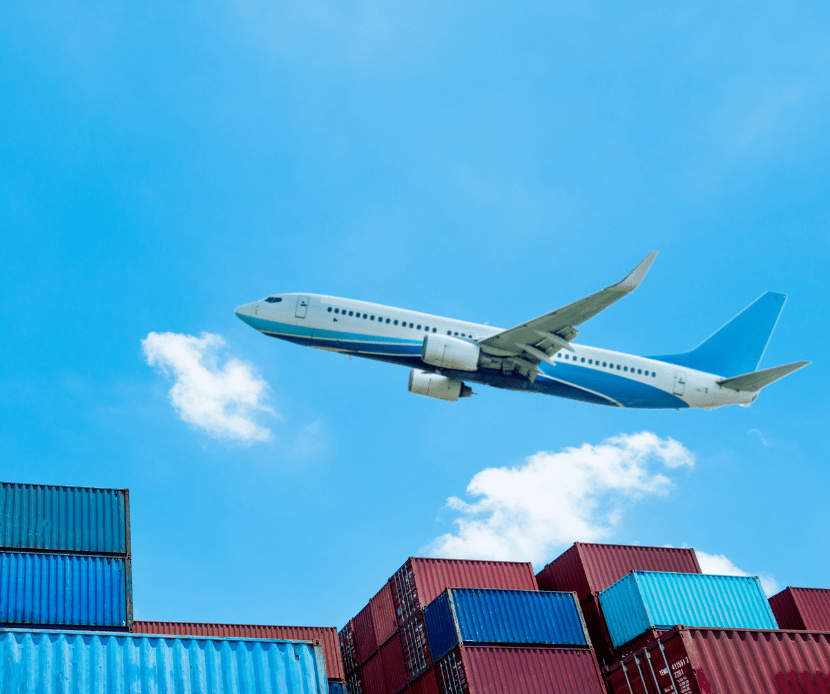
Experience unparalleled speed and reliability with our air freight services, ensuring your cargo reaches its destination swiftly and safely, no matter the distance.
Learn More Air Freight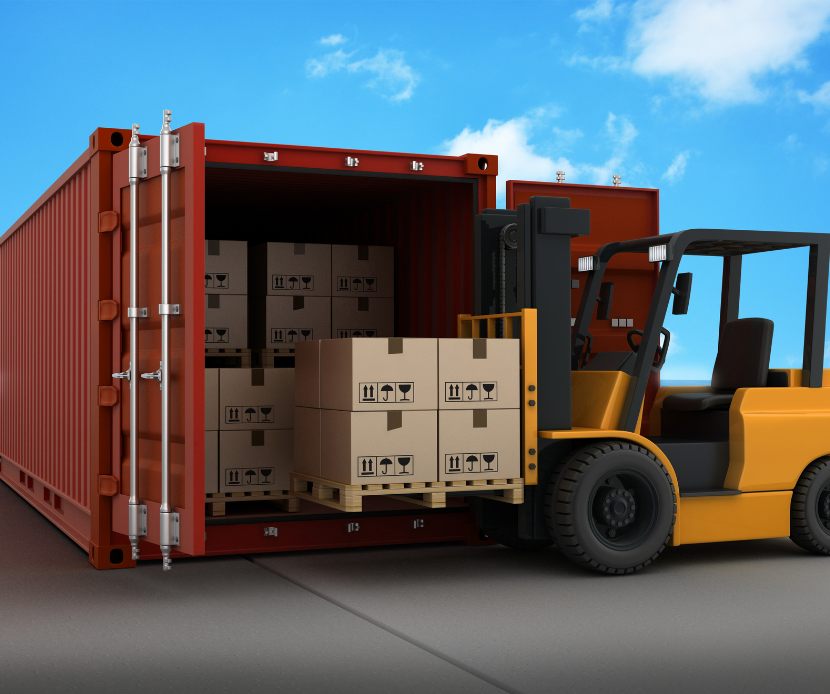
Unlock the benefits of LCL shipping with our tailored solutions. Enjoy flexibility, cost savings, and strategic support designed for SMEs to thrive in global trade.
Learn More LCL Shipping